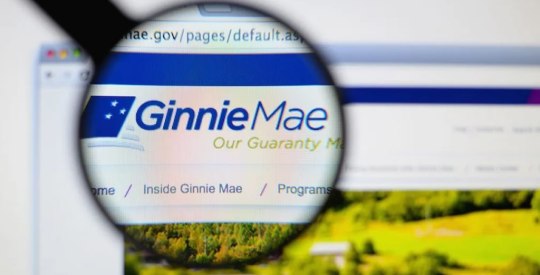As more rent payments are made incomplete or not at all, Avail said that the total number of incomplete rent payments rose 93% between March and May.
Avail said that nationwide, about 22% of landlords said they did not receive rent in full in March, while 33% did not receive rent in full in April and 42% did not receive rent in full in May.
This is the case for about 60% of landlords, who said they didn’t receive a full rent payment in May because their tenants could not pay or did not pay.
As there is no help for renters offered by the government, 10% of landlords said they offered tenants a discount on rent and 12% said they offered a rent deferment.
In New York, where Gov. Andrew Cuomo just extended the eviction moratorium, 29% of landlords said they did not receive a full rent payment in March. By May, that number shot up to 53%.
In the Golden State, 25% of landlords in California said they did not receive rent in full in March, while 41% said they did not receive rent in full in May.
In Louisiana, about 57% of landlords said they didn’t receive full rent payments in April, but decreased to about 45% in May.
Michigan landlords saw the same results as Louisiana, as 50% said they didn’t receive a full rent payment in April, but that decreased to 43% in May.
Out of the landlords who own just one unit, just 11% said they didn’t receive full rent in March. That increased to 19% in April and 26% in May.
The landlords who own more than 50 units missed the most rent from March to May. Fifty-eight percent of those in this cohort reported that they didn’t receive full rent payments in March. By April, this number increased to 74%, and by May, it increased again to 86%.
According to The National Multifamily Housing Council’s latest Rent Payment Tracker, 80.2% of apartment households still managed to make a full or partial rent payment by May 6.
Nearly 61% of households in the U.S. remain vulnerable to the economic aftershocks of COVID-19, according to housing market research from Amherst.
Although middle- and low-income renters are among those most affected by the pandemic, government assistance has mostly been geared toward homeowners.



